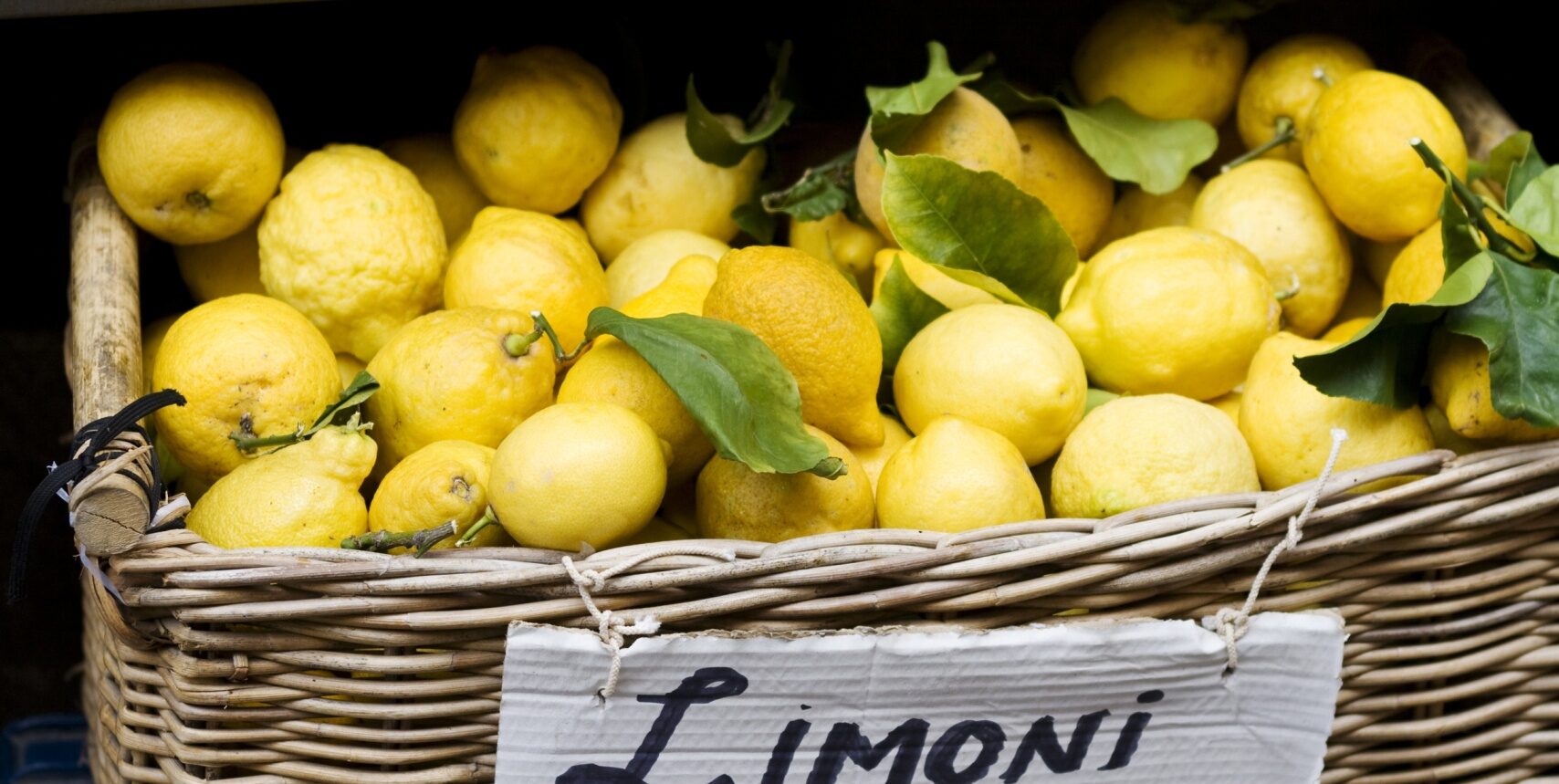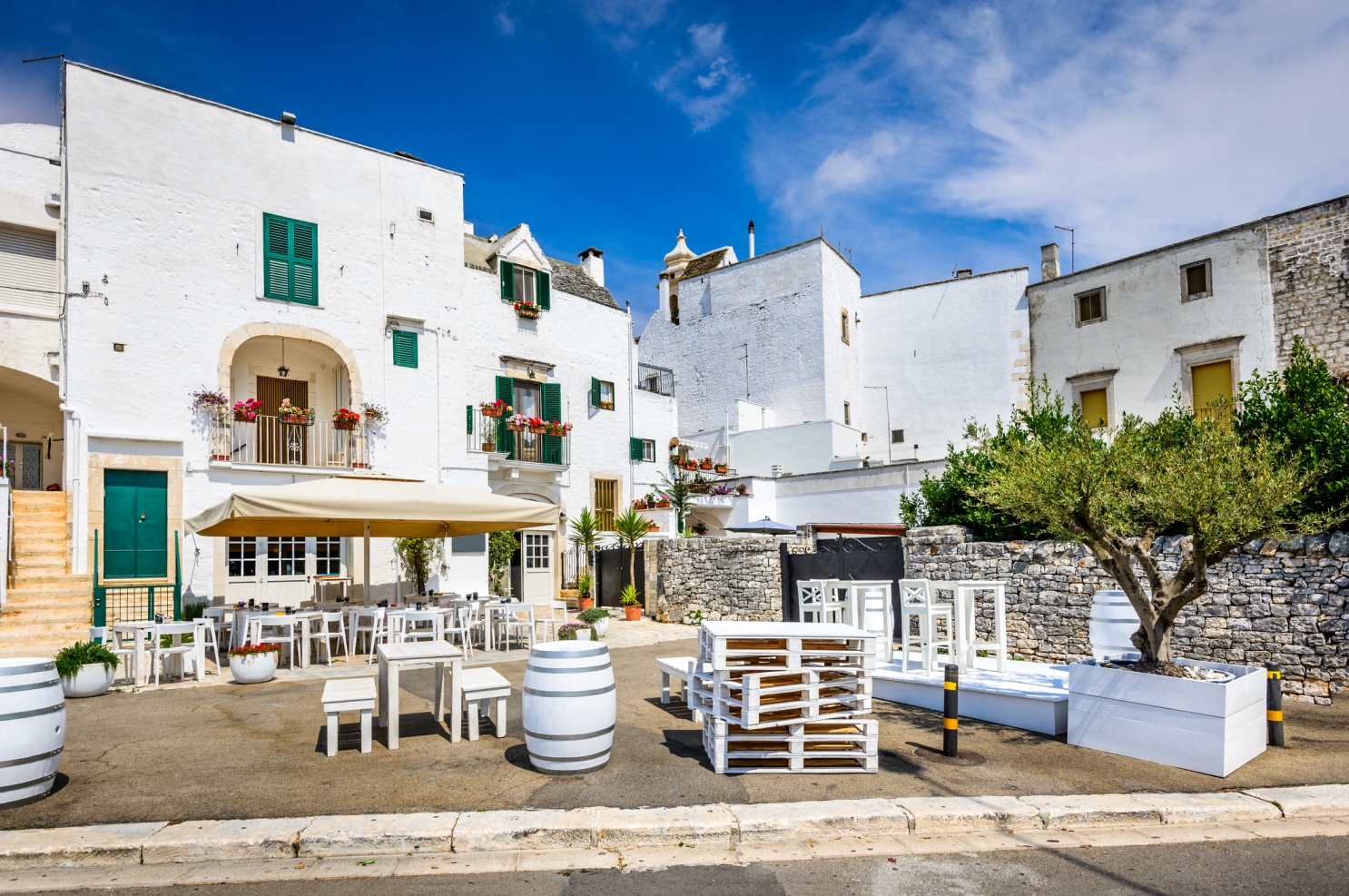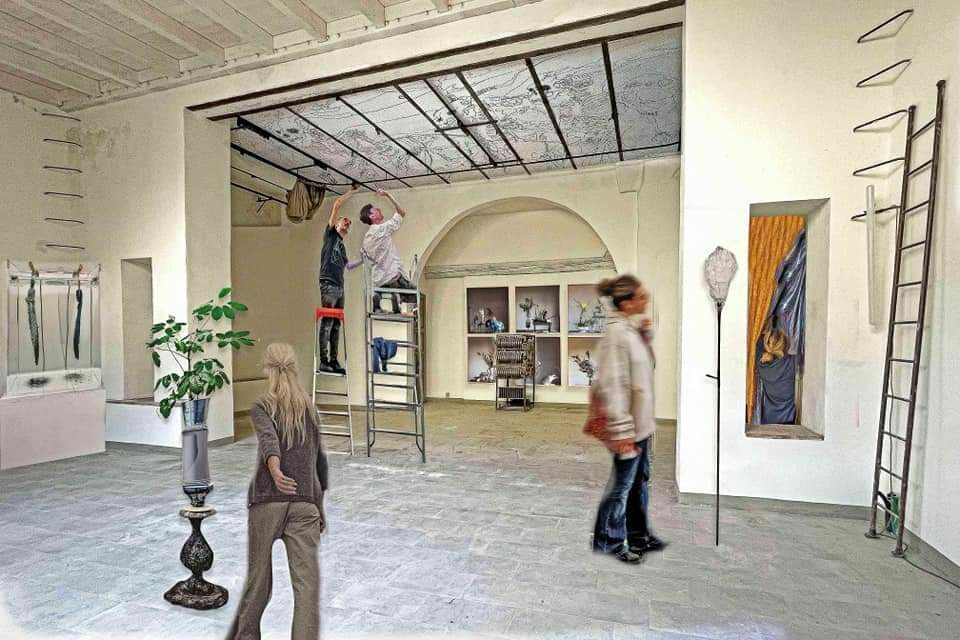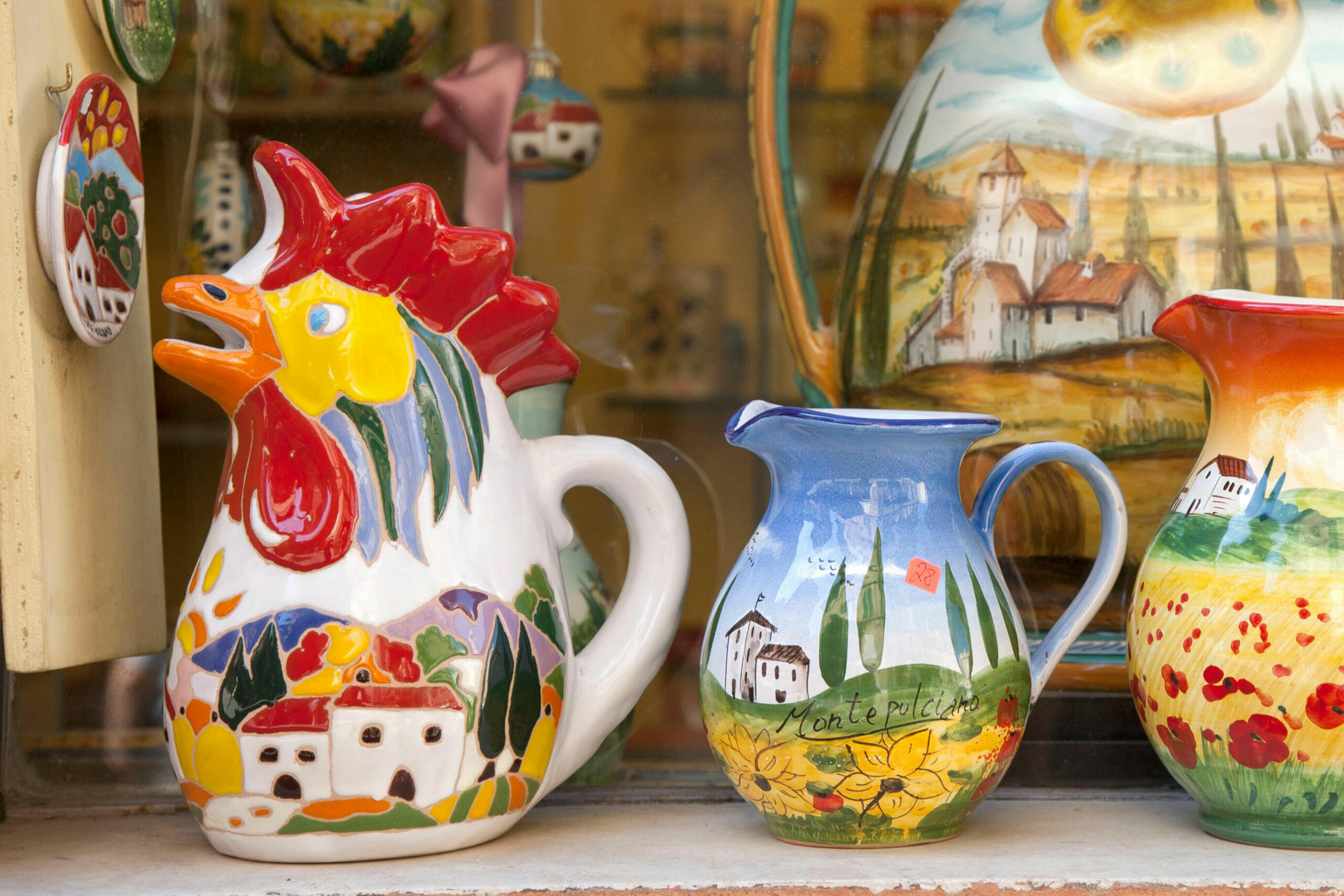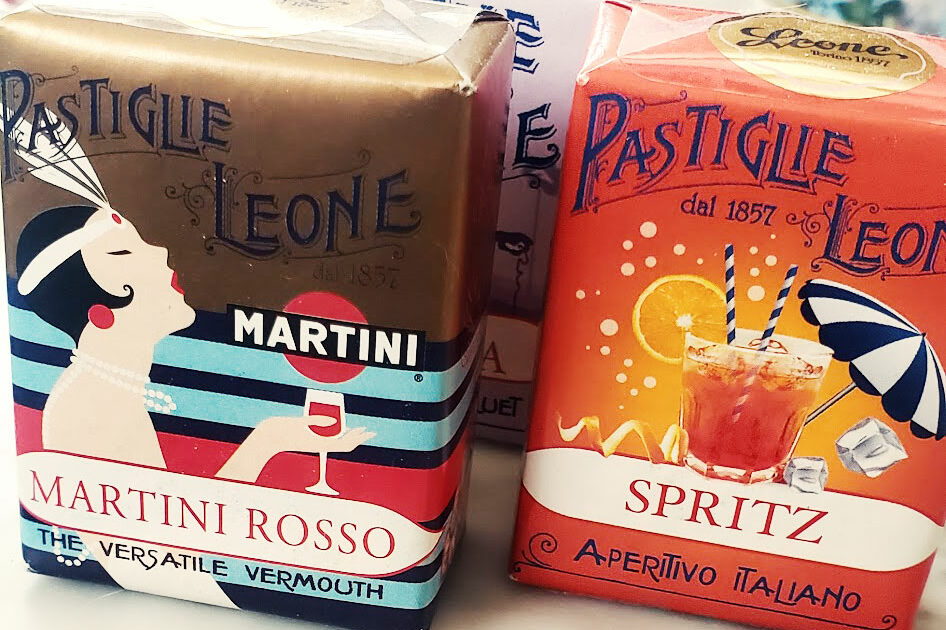Count Alessandro di Cagliostro, or perhaps Giuseppe Balsamo, man of mystery, magician, physician, alchemist, philanthropist or con artist? Whatever it may be, there is no doubt he was one of the world’s most colorful, and still controversial, characters.
According to his own account, he was born to noble parents on the isle of Malta, who died shortly thereafter, apparently leaving him in good care, since his recollections began with him living in a palace in Medina, Arabia where he learned science, various languages and magical arts from a wizard, Althotas.
His adolescence was spent traveling with him to Egypt, where he learned the secrets of the pyramids, Ethiopia, Persia and even India, finally arriving back on Malta, where they lived in the palace of Pinto, the Grand Master of the Knights of Malta and were admitted into the Order. Following the death of Althotas, who nevertheless stayed with him in spirit form, he accompanied one of the knights to Sicily and Greece, arriving in Naples in 1768.
More prosaically, Giuseppe Balsamo was born in Palermo on June 2, 1743 to a fairly poor family. Thanks to the help of some relatives, he received a good education, which was continued after he joined the Brothers Hospitallers of St. John of God, an order of monks devoted to care of the sick. He thus learned medicine, chemistry, theology, and on his own what he could of alchemy, astrology and other occult arts. Not well suited for religious life, he occasionally ran off, associated with delinquents, and was finally expelled at the age of 17.
Intelligent, charismatic, ambitious, and unfortunately unscrupulous, a golden opportunity, literally and figuratively, soon came his way in the form of Vincenzo Marano, a wealthy goldsmith. Impressed with his knowledge of the occult, Balsamo convinced him that he knew the location of a treasure hidden at Monte Pellegrino, how to deal with the evil spirits that guarded it, and to give him a hefty sum of money for his services. On the night they arrived there poor Marano was suddenly attacked and left unconscious.
Balsamo left Italy and wound up on Malta where he managed to attach himself to the Knights and continued his studies of medicine, pharmacy and the occult.
He went off in 1766, and may have traveled through Africa and Asia, finally settling in Naples in 1768. He opened a casino, made a good deal of money cheating the patrons, and left while he could and headed to Rome, where he became secretary for Cardinal Orsini, practiced medicine and sold magical amulets.
There he met, and married a beautiful teenage girl, Lorenza Serafina Feliciani, a fellow spirit, whose charms were put to good use throughout his career. He also continued his studies, learning forgery from a master, Agliata.
His dabblings with magic eventually drew the attention of the Inquisition, and the couple left for Spain and then England. At some point he gave himself the title of nobility, assumed the surname of a great uncle, Cagliostro, and took the first name Alessandro, possibly to call to mind Alexander the Great, who was said to have found the Emerald Tablet of Hermes Trismegistus inside the Great Pyramid.
They took a luxurious apartment in London, where he continued his various trades and traveled in the best of circles. One of his associates was the alchemist and adept, the Comte de Saint Germain, who initiated him as a Freemason in 1777 and gave him the formulas for various potions.
Freemasonry in the eighteenth century was popular amongst the aristocracy, Catholic and Protestant, and there was a great deal of interest in science, including areas such as alchemy, which would now be considered a pseudoscience, but at the time was quite mainstream; indeed, Isaac Newton spent a great deal of time studying alchemy and wrote extensively on it. Being the height of the Age of the Enlightenment, discussions of philosophy, politics and religion were carried on in the lodges, and this combined with what were seen as occult practices drew the ire of the Church, which tried, with little success outside the Papal States, to forbid membership.
Cagliostro combined his extensive knowledge of magic, alchemy and Hermeticism with Masonry to found the Egyptian Rite, declaring himself the Grand Copt, and traveled throughout Holland, Germany, Russia, Poland and France, founding both male and female lodges. He was welcomed by nobility and royalty who were awestruck by his erudition and elaborate rituals.
A master of showmanship, he often performed what were considered miracles, which further increased his popularity and fame. He claimed to have discovered, and successfully sold, the Elixir of Youth and Immortality, claiming that he had lived for centuries, and that his wife Lorenza, who was in fact barely in her twenties, was in fact sixty. He also practiced medicine, using a system of “magnetic healing” which worked its cure through revitalizing the life force.
Despite his earlier roguishness, he was quite generous and used his now great wealth to found maternity hospitals and orphanages. He cared for the poor free of charge, even taking them into his own house until they were well. Indeed, no less a person than the Bishop of Strasbourg, Cardinal Louis de Rohan, at whose palace he was a guest of honor, exclaimed, “Cagliostro is a most extraordinary, a most sublime man, whose knowledge is equaled only by his goodness. What alms he gives! What good he does!”
He eventually settled in Paris in a magnificent house, decorated with hieroglyphics and full of Egyptian artifacts and sculpture. He was the toast of the town, even Benjamin Franklin may have consulted him as a physician and been initiated into the Egyptian Lodge. The sculptor Jean-Antoine Houdon, best known in the United States for his statue of George Washington, made a bust of him, which is now in the National Gallery of Art.
A favorite of the royal court and a frequent guest at Versailles, he bedazzled king Louis XVI and Marie Antoinette; he was at the very height of fame and fortune, but the wheel turned.
In 1785, the Cardinal de Rohan, who was then at the court, fell victim to a beautiful swindler, Jeanne de la Motte, who convinced him that the queen wished to purchase a fabulously expensive diamond necklace.
Using a letter he thought was from her, but was actually a forgery, he obtained it on credit, and presented it to a man he thought was a valet of Marie Antoinette, but was in fact Jeanne’s husband, who fled to London, broke it up and sold it. When the jeweler demanded payment a scandal arose. The Cardinal, and in a case of guilt by association, Cagliostro, were arrested and imprisoned in the Bastille. Both were eventually found innocent, but Cagliostro had to leave France and headed for England in 1786.
His troubles continued. The Affair of the Diamond Necklace was a major blow to the French monarchy, and some of the lawyers who had defended Cagliostro were seen as among its enemies. Cagliostro was now suspected, and a French spy and blackmailer, Chrales Theveneau de Morande, was charged with getting him expelled from England. In a series of articles in the “Courier” newspaper, he was denounced as a charlatan and exposed as actually being Giuseppe Balsamo. Although through his own efforts and those of some powerful friends he was able to refute everything, the damage was done.
After some more travels on the Continent, he arrived in Rome in 1789, where he attempted to found an Egyptian Lodge. Unfortunately for him, two recruits were spies for the Inquisition and he was arrested. Convicted of being a Freemason and a heretic, he was condemned to death in 1791, and his papers, books, artifacts and potions were publically burned. Luckily for him, the Pope commuted his sentence to life in prison in the Castel Sant’Angelo. After a failed escape attempt, he was sent to the impregnable Castle of St. Leo where he died on August 25, 1795, although there are some who believe that his escape was successful, and like Saint Germain is alive to this day, thanks to the Elixir.
The subject of operas (Mozart’s “The Magic Flute” is based on the rituals of the Egyptian Lodge, and Cagliostro is portrayed as Zorastro), works of literature by Goethe, Alexandre Dumas, Tolstoy and others, movies, and even a comic book, associated with the Illuminati (both he and Franklin are alleged to have been secret masters), Rosicrucians, Theosophists and various mystical organizations, considered him a master magician, adept and alchemist or a quack and crook, Cagliostro was undoubtedly one of history’s most colorful, and controversial characters.





